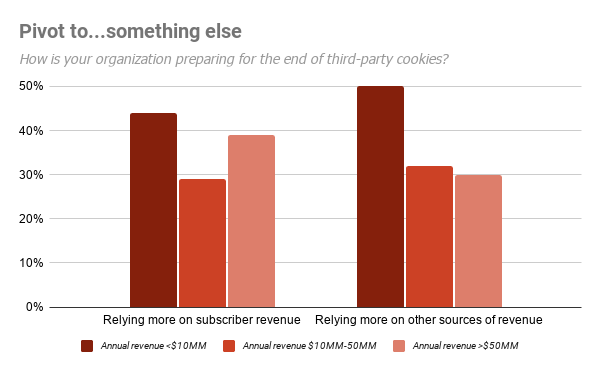How the Internet Works: An Explanation Even Non-Techies Can Understand

By ttaylor@hubspot.com (Tristen Taylor)
The internet is a marvel of modern technology, connecting people and information across the globe. But have you ever wondered how it actually works?
In this blog post, we‘ll break it down into easy-to-understand terms, so that anybody and everybody can grasp how this invention works — and how it’s changed the globe.
How the Internet Began
Nikola Tesla introduced the idea of a “world wireless system” in the 1900s. From there, other visionaries such as Paul Otlet and Vannevar Bush began to build on the idea 1930s and 1940s, with plans of searchable media databases that played as stepping stones paving the way to the modern internet.
M.I.T. scientist J.C.R. Licklider came up with a solution in 1962: an “intergalactic computer network” that would allow for communication on a global scale.
What Licklider described would eventually become the modern internet. However, in order to make it happen, scientists would first need to come up with a new technology: packet switching.
Now, let’s dive deeper into how data is transmitted over the internet.
Circuit Switching and Packet Switching
There are two main methods to how we transport data: circuit switching and packet switching. Circuit switching is comparable to taking a train. Data is sent in a continuous connection, much like passengers traveling together in a train carriage.
On the other hand, packet switching is akin to cars on a highway. Data is divided into smaller chunks called packets, which can take different routes to reach their destination. This flexibility allows for more efficient and reliable data transmission.
But circuit and packet switching aren‘t the only way that data is shared, because just like in real life, these modes of transportation can’t intersect, and can experience too high traffic (data packets) on the same highway (channel) to work properly — and may eventually come to a halt.
By the early 1970s, ARPA’s packet-switching computer network (the imaginatively named “ARPAnet”) was growing and connecting with other packet-switching computer networks around the world.
But there was one problem: Computers operating on all of these disparate computer networks couldn‘t communicate directly with one another. There wasn’t a single, worldwide internet. Instead, there were a bunch of mini-internets.
To solve this problem, computer scientists developed the Transmission Control Protocol (TCP) and the Internet Protocol (IP).
The Introduction of TCP/IP
TCP is responsible for dividing data into packets at one end of a transmission and reassembling those packets at the other end.
IP, in comparison, is responsible for the formatting and addressing of the data packets being sent. That‘s why each host computer on the internet needs an IP address: a unique, numerical label that distinguishes one host from another. Without IP addresses, data packets wouldn’t be able to get to their proper destinations.
When implemented together, TCP/IP is the communication language of the internet, and it was the key to making the internet a truly worldwide network.
Modern TCP/IP networks use four distinct layers in order to transmit data, and that …read more
Source:: HubSpot Blog







